Disclosure: This article contains affiliate links. We may earn a commission from purchases at no extra cost to you, which helps our travel content.
Standing at the base of Mount Fitz Roy, with the Patagonian wind whipping my hair into a frenzy, I couldn't help but think about the glaciers that carved these magnificent peaks thousands of years ago—and how rapidly they're receding today. El Chaltén isn't just Argentina's trekking capital; it's a front-row seat to our planet's changing climate and one of the most visceral examples of nature's raw power I've encountered in my travels. After playing hockey in some of the world's coldest places, I thought I understood extreme environments—but Patagonia? She plays in a league entirely her own.
Preparing for Patagonia's Unpredictable Playbook
If there's one thing my years on the hockey rink taught me, it's that preparation determines performance—and nowhere is this more true than in Patagonia. El Chaltén sits in one of the world's most notoriously fickle weather zones, where all four seasons might visit you in a single afternoon.
Before my trip, I studied El Chaltén's climate patterns like game footage, noting how the Southern Hemisphere summer (December-February) offers the most reliable conditions. Even then, I experienced sunshine, rain, hail, and blinding wind within a six-hour hike. Your first line of defense? Layers, layers, and more layers.
My trekking pants became my MVP gear—lightweight enough for sunny stretches but quick-drying when afternoon showers rolled through. For my upper body, I relied on the merino wool base layer that regulated my temperature beautifully whether I was sweating up steep inclines or facing sudden temperature drops.
Unlike my structured hockey training schedules, hiking in Patagonia demands flexibility. Weather dictates everything here, so build buffer days into your itinerary. That perfect Fitz Roy photo might require three attempts before the clouds part—but trust me, the perseverance pays off spectacularly.

💡 Pro Tips
- Download the offline trail maps on AllTrails Pro before arrival—cell service is practically non-existent on the trails
- Break in your hiking boots at least 2-3 months before your trip—Patagonian terrain is unforgiving on fresh footwear
- Pack a compact weather radio to get morning forecasts—locals rely on them more than smartphone apps
Trail Lineup: From Rookie Routes to All-Star Ascents
El Chaltén's trail system offers something for every hiking level—think of it as divisions in a sports league, each with increasing technical difficulty. I spent a week testing my endurance on progressively challenging routes, allowing my body to acclimate while building my Patagonian confidence.
Laguna Torre (Moderate, 18km round-trip): Consider this your qualifying round. The well-marked path to this glacier-fed lake offers stunning views of Cerro Torre without extreme elevation gains. The final approach reveals a milky turquoise lagoon with icebergs calved from Grande Glacier—a sobering reminder of climate change's accelerating impact in this region.
Laguna de los Tres (Challenging, 22km round-trip): This is Chaltén's championship match. The trail to the base of Mount Fitz Roy begins gently enough, winding through lenga forests where I spotted Magellanic woodpeckers. The final kilometer, however, delivers a brutal 400m vertical ascent over loose rock that had me channeling every ounce of my hockey conditioning. At the top? A turquoise alpine lake reflecting Fitz Roy's iconic spires—nature's ultimate trophy.
Loma del Pliegue Tumbado (Moderate-Challenging, 20km round-trip): My personal favorite for its 360-degree panoramas of both the Fitz Roy and Torre massifs. The trail crosses distinct ecological zones, from forest to high alpine terrain, offering a perfect showcase of how climate shapes Patagonian biodiversity.
During these long treks, my hiking poles saved my knees countless times on steep descents. And unlike the sports drinks I relied on during hockey games, in Patagonia I found that a water filtration system was essential—the glacial streams provide pristine drinking water once filtered.
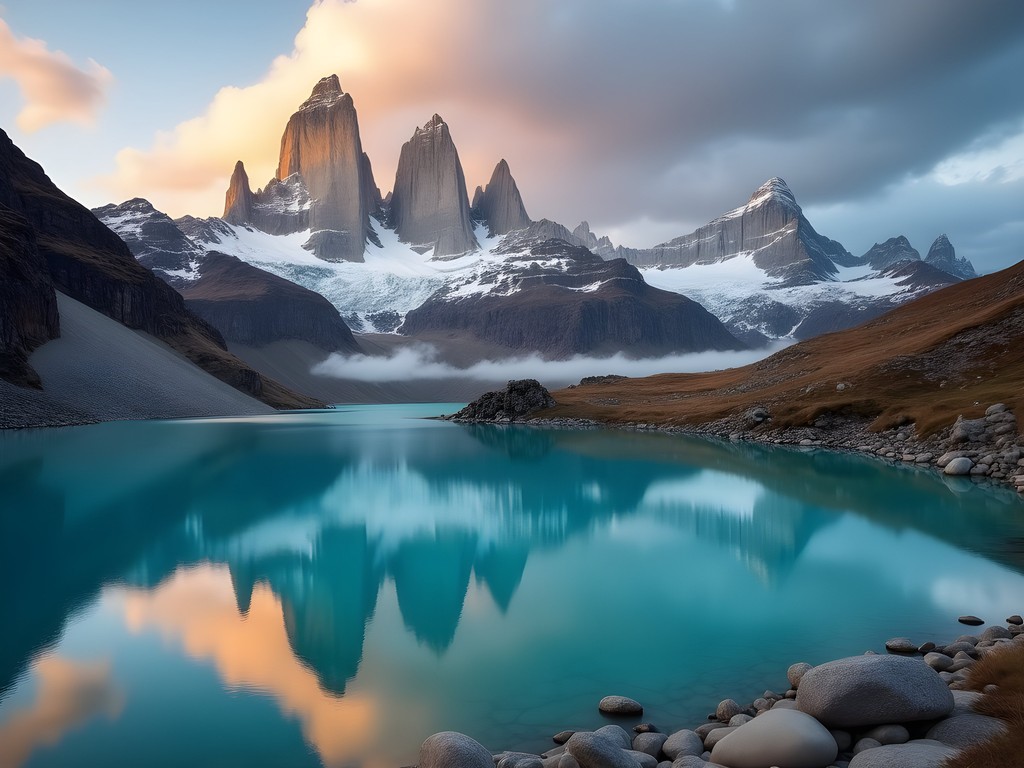
💡 Pro Tips
- Start the Laguna de los Tres hike no later than 8AM to allow time for weather changes and avoid dangerous descents in fading light
- Hike Loma del Pliegue Tumbado on your first full day—it provides the best orientation to the entire region
- Bring polarized sunglasses—the glare off glaciers and snow fields is intense enough to cause temporary snow blindness
Fueling the Adventure: El Chaltén's Culinary Scene
If there's anything my Cajun heritage taught me, it's that good food fuels great adventures—and surprisingly, tiny El Chaltén delivers. This frontier town has evolved beyond basic hiking fuel to offer genuinely impressive cuisine, much of it showcasing Patagonian ingredients shaped by the unique climate.
After burning 3,000+ calories on the trails, I developed a serious post-hike routine at La Cervecería, where house-brewed beers and massive lamb burgers restored my energy. The local cerveza rubia paired perfectly with views of alpenglow on the mountains—my version of a post-game celebration.
For a proper sit-down experience, Patagonicus serves regional specialties including Patagonian lamb slow-roasted in the traditional way, influenced by both indigenous techniques and the distinctive flavors imparted by herbs that thrive in this harsh climate.
But the real surprise was Mathilda, a tiny café where I discovered the best trail lunches. Their house-made energy bars powered several of my longer hikes, though nothing beats their calafate berry tarts. According to local legend, eating these berries—which only grow in Patagonia's unique climate conditions—ensures your return to the region.
One trail essential: temperatures fluctuate so dramatically that I relied on my insulated food container to keep soup hot on chilly summits and to prevent my lunch from freezing at higher elevations—a trick I learned during outdoor hockey practices in New Hampshire winters.

💡 Pro Tips
- Pre-order packed lunches from Mathilda the night before long hikes
- Try calafate berry everything—from jam to liqueur—as this Patagonian superfood is impossible to find elsewhere
- Bring extra cash—many smaller establishments don't accept cards, and the town's only ATM frequently runs out of money
Climate Consciousness in Fragile Patagonia
As someone who's studied environmental science and witnessed coastal Louisiana's transformation firsthand, Patagonia's rapidly changing landscape struck a deeply personal chord. The glaciers feeding El Chaltén's stunning lakes and rivers are retreating at alarming rates—a sobering reality visible even to the casual visitor.
Local guides pointed out how treelines are creeping higher and glacial recession markers show dramatic ice loss over just decades. It's like watching the scoreboard of climate change tick upward in real-time, except nobody wins this game.
Trekking through this fragile ecosystem demands responsibility. I followed strict Leave No Trace principles, packing out everything (including toilet paper—yes, even that) and staying exclusively on marked trails. My portable solar charger eliminated the need for disposable batteries, a small gesture toward minimizing my impact.
Perhaps most importantly, I chose locally-owned accommodations like Destino Sur Hotel, which employs extensive sustainability practices including gray water recycling and solar heating. Their knowledgeable staff connected me with conservation-minded guides who enhanced my understanding of the region's ecological challenges.
One evening, I attended a climate lecture at the ranger station where scientists shared how Patagonia serves as an early warning system for global climate patterns. The parallels to my Louisiana hometown were unmistakable—different environments, same story of accelerating change.

💡 Pro Tips
- Visit the Los Glaciares National Park ranger station for free evening lectures on conservation (offered in English on Tuesdays and Fridays)
- Choose guides certified by the Association of Mountain Guides of Argentina who follow strict environmental protocols
- Pack a reusable straw—plastic straws are still common in El Chaltén despite other eco-initiatives
Gear That Goes the Distance
Patagonia taught me that gear selection isn't about brand names—it's about survival. The region's extreme conditions will quickly expose any weaknesses in your equipment.
Footwear comes first: my hiking boots withstood everything from muddy forest floors to scree-covered ascents. The ankle support proved crucial when navigating the final approach to Laguna de los Tres—much like good skates provide the foundation for everything in hockey.
For the notorious Patagonian wind (which makes the most aggressive hockey checking seem gentle), my windproof jacket became a constant companion. Lightweight enough to stuff in my pack yet substantial enough to block gales that could literally knock you off balance.
Perhaps my most valuable item was the hiking backpack with its perfect balance of capacity and comfort. The integrated rain cover saved my gear during an unexpected downpour on the Loma del Pliegue Tumbado trail.
Despite visiting in summer, nighttime temperatures plummeted below freezing. My down jacket (yes, Patagonia gear in actual Patagonia—meta, I know) provided essential warmth around town after sundown.
One surprise essential: gaiters. These kept debris out of my boots when crossing scree fields and provided extra protection during stream crossings—a game-changer I rarely see mentioned in Patagonia packing lists.

💡 Pro Tips
- Rent trekking poles in town rather than flying with them—El Chaltén has quality gear at reasonable prices
- Pack multiple pairs of wool socks—they may not dry overnight in the humid climate
- Bring moleskin and blister treatment—even broken-in boots can cause issues on Patagonia's demanding terrain
Final Thoughts
As I boarded my bus out of El Chaltén, watching those iconic peaks recede in the distance, I couldn't shake the feeling that Patagonia had changed something fundamental in me. Like the best hockey games of my life, these trails demanded everything—physical endurance, mental fortitude, and adaptability to constantly changing conditions.
What makes El Chaltén extraordinary isn't just its jaw-dropping scenery, but how it connects you to the pulse of our planet. In the groans of shifting glaciers and the resilient alpine plants clinging to windswept ridges, you witness both nature's power and vulnerability. As someone who grew up watching Louisiana's coastline transform, these Patagonian landscapes reinforced my commitment to treading lightly wherever I roam.
I left having eaten the legendary calafate berries, so local tradition guarantees my return. Next time, I'll come earlier in the season to attempt some of the more technical routes—and perhaps bring some hockey teammates who could use a reminder of what real conditioning looks like! Whether you're a seasoned trekker or taking your first steps into serious mountain hiking, El Chaltén offers your perfect match. Just remember: in Patagonia, as in hockey, respect the elements, know your limits, and always, always be prepared for the unexpected play.
✨ Key Takeaways
- Build flexibility into your El Chaltén itinerary—weather dictates everything in Patagonia
- The physical demands of these trails shouldn't be underestimated—train specifically for hiking with a loaded pack before your trip
- El Chaltén offers world-class hiking without technical climbing skills required—making it accessible for intermediate hikers
📋 Practical Information
Best Time to Visit
December through February (Patagonian summer)
Budget Estimate
$100-150 USD/day including accommodation, food, and activities
Recommended Duration
7-10 days minimum
Difficulty Level
Intermediate To Challenging








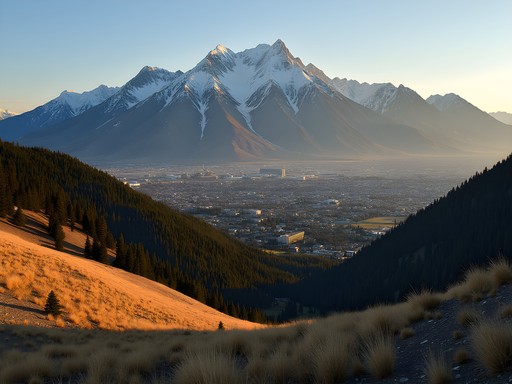

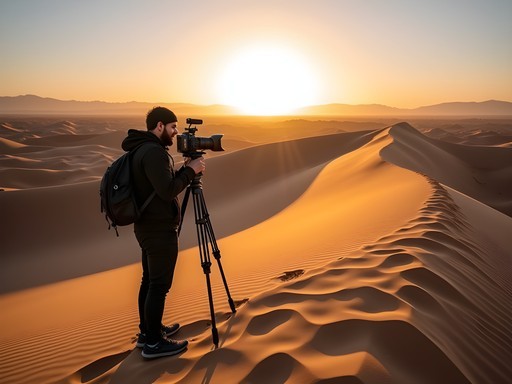
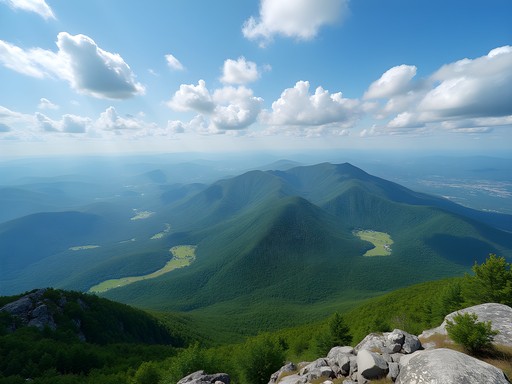


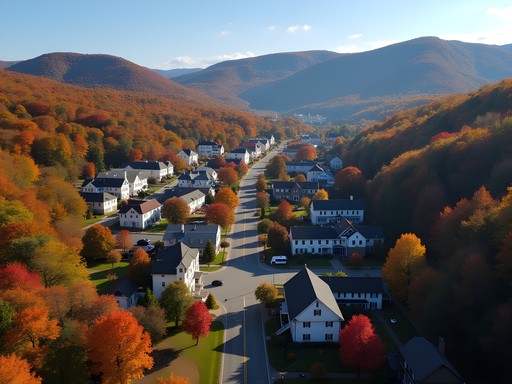
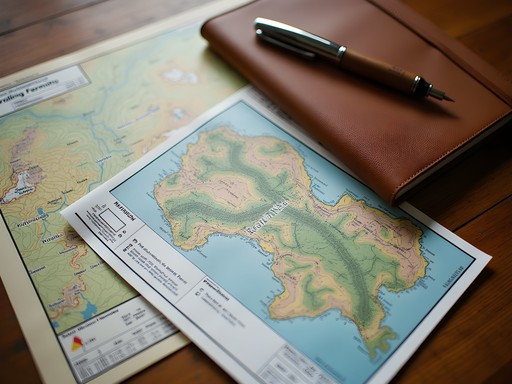
Comments
Frank Garcia
Excellent breakdown of El Chaltén's hiking ecosystem, Skylar. I'd add that the statistical probability of clear views of Fitz Roy peaks increases dramatically if you can stay 4-5 days minimum. My data from three separate visits shows only 1 in 3 days offered unobstructed visibility. The section on climate consciousness is particularly relevant - I documented noticeable glacial retreat between my 2022 and 2024 visits. For those planning multi-day treks, the established campsites at Poincenot and De Agostini provide strategic positioning for sunrise photography without requiring pre-dawn hiking in the dark.
sunsetbackpacker
Frank - did you need to book those campsites in advance? Planning a return trip and wondering about logistics!
Frank Garcia
No reservations needed for the backcountry sites - they operate on first-come basis. Just register at the ranger station before heading out. If you arrive by early afternoon you shouldn't have issues finding space.
freeblogger
Just got back from El Chaltén last month. Pro tip: the empanadas at La Vinería are LIFE-CHANGING after a long hike. Also, don't miss the lesser-known Loma del Pliegue Tumbado trail - way fewer people but equally stunning views of both Fitz Roy AND Cerro Torre from a different angle. The rangers at the visitor center were super helpful with current trail conditions.
islandfan
Going to El Chaltén in November! How difficult is the Laguna Torre trail? I'm not super experienced with hiking but really want to see those views!
Frank Garcia
Laguna Torre is actually quite accessible! It's about 20km round-trip but with minimal elevation gain compared to other trails. The path is well-marked and you can always turn back if you get tired. November should have decent conditions, but pack your waterproof shell as spring showers are common. The glacier calving into the lagoon is worth every step!
islandfan
Thanks so much! That's really helpful. I'll definitely give it a try then!
sunsetbackpacker
This brought back so many memories! I did the Laguna de los Tres hike last year and it completely blew my mind. That moment when you crest the final ridge and see Fitz Roy towering over that turquoise lagoon... no photo can do it justice. Skylar's right about the wind though - I nearly got knocked over a few times! Did anyone else notice how the weather changed like 5 times in one day? Classic Patagonia!
Frank Garcia
The microclimate there is fascinating! I recorded temperature swings of 15°C within a 4-hour period on the Cerro Torre trail. Makes layering absolutely essential.
sunsetbackpacker
Exactly! I started in a t-shirt and ended up in my full down jacket and rain shell by the summit. Never seen anything like it!
Taylor Moreau
Excellent guide, Skylar! Having just returned from my fourth visit to El Chaltén last month, I'd emphasize your point about climate consciousness. The glaciers are visibly receding each time I return. For anyone planning a visit, I'd add that La Recoleta bakery makes fantastic packed lunches for the trails - just order the night before. Also, the rangers at the park entrance provide up-to-the-minute trail conditions that aren't always reflected online, so always check in with them before setting out. The shoulder seasons (October/November and March/April) offer a nice balance of decent weather and fewer crowds.
oceannomad
Thanks for the La Recoleta tip! Do they have vegetarian options for the packed lunches?
Taylor Moreau
Yes, they do! Their veggie empanadas are excellent and they can do sandwiches with grilled vegetables and local cheese. They're very accommodating.
wavefan
These photos are STUNNING! Fitz Roy just shot to the top of my bucket list! 😍
mountaindiver
Great post! I'm heading to El Chaltén in October. Did you find the Laguna Torre trail doable as a day hike or would you recommend camping overnight? Also, any recommendations for less crowded viewpoints of Fitz Roy?
Taylor Moreau
Not the author but I've done Laguna Torre three times now. It's absolutely doable as a day hike - about 6 hours round trip with plenty of time for photos and lunch. For a less crowded Fitz Roy view, try the Mirador Loma del Pliegue Tumbado trail. It's longer but the panorama includes both Fitz Roy AND Cerro Torre, and far fewer hikers make it there. Start early!
mountaindiver
Thanks so much Taylor! Adding Loma del Pliegue Tumbado to my list. Any recommendations for reliable weather apps for the region?
Taylor Moreau
I use Windy app for Patagonia - it's been the most accurate for those unpredictable mountain conditions. The premium version lets you download forecasts when you have wifi since cell service is spotty there.
oceannomad
This brings back so many memories! I was in El Chaltén last year and that Patagonian wind is no joke - nearly blew me off Laguna de los Tres trail! Skylar's tip about layering is crucial. I'd add that having a good pair of trekking poles saved my knees on those steep descents. The beer at La Cervecería after a long hike tastes like heaven, especially their amber ale!
wavefan
Was the wind really that bad? I'm planning a trip in February and getting nervous about weather conditions!
oceannomad
It comes and goes! Just be prepared with windproof layers and you'll be fine. February should be slightly less windy than when I went in November. The views are 100% worth it!
Sarah Powell
Excellent guide, Skylar! Your section on Patagonia's unpredictable weather is crucial information. I've hiked in El Chaltén three times now, and proper layering is absolutely essential. One element I'd add to your preparation section: water filtration. While most streams are clean, having a lightweight filter adds peace of mind and reduces plastic waste from buying bottled water in town. The trail difficulty ratings you provided are accurate, though I'd emphasize that Laguna de los Tres is more challenging than some expect - especially that final push. For anyone reading this and planning their trip: the standard 3-day itinerary works well, but if you can spare 5-6 days, you'll have buffer days for when the clouds obscure Fitz Roy completely. Your climate consciousness section is much appreciated. The fragility of these ecosystems can't be overstated.
freeperson
Sarah - did you do any multi-day treks? Thinking about the Huemul Circuit but heard it's super challenging!
Sarah Powell
Yes, I did the Huemul Circuit last year - it's definitely the most challenging trek in the area. You need technical gear for the ziplines over rivers and solid navigation skills. The views of the Southern Patagonian Ice Field are worth it though! Don't attempt without proper preparation.
adventure_seeker
We did the public transportation from El Calafate to El Chaltén and it was super easy! Just book a day or two ahead during high season.
Venture X
Premium card with 2X miles, $300 travel credit, Priority Pass